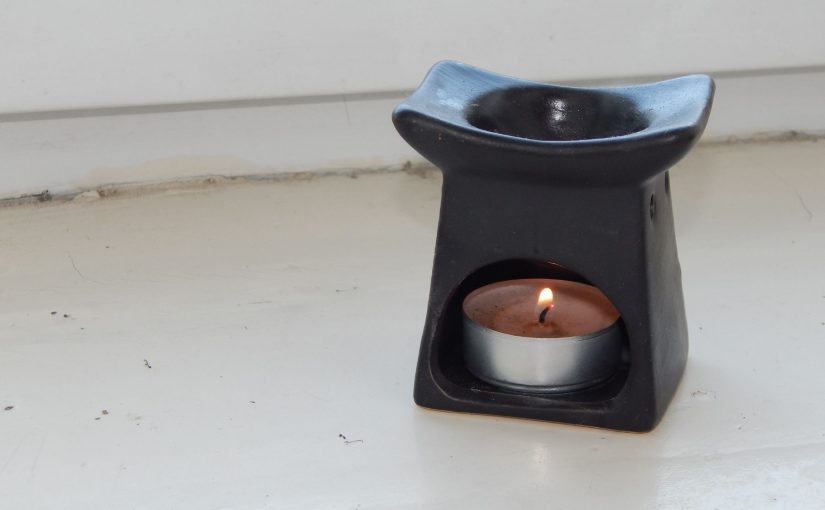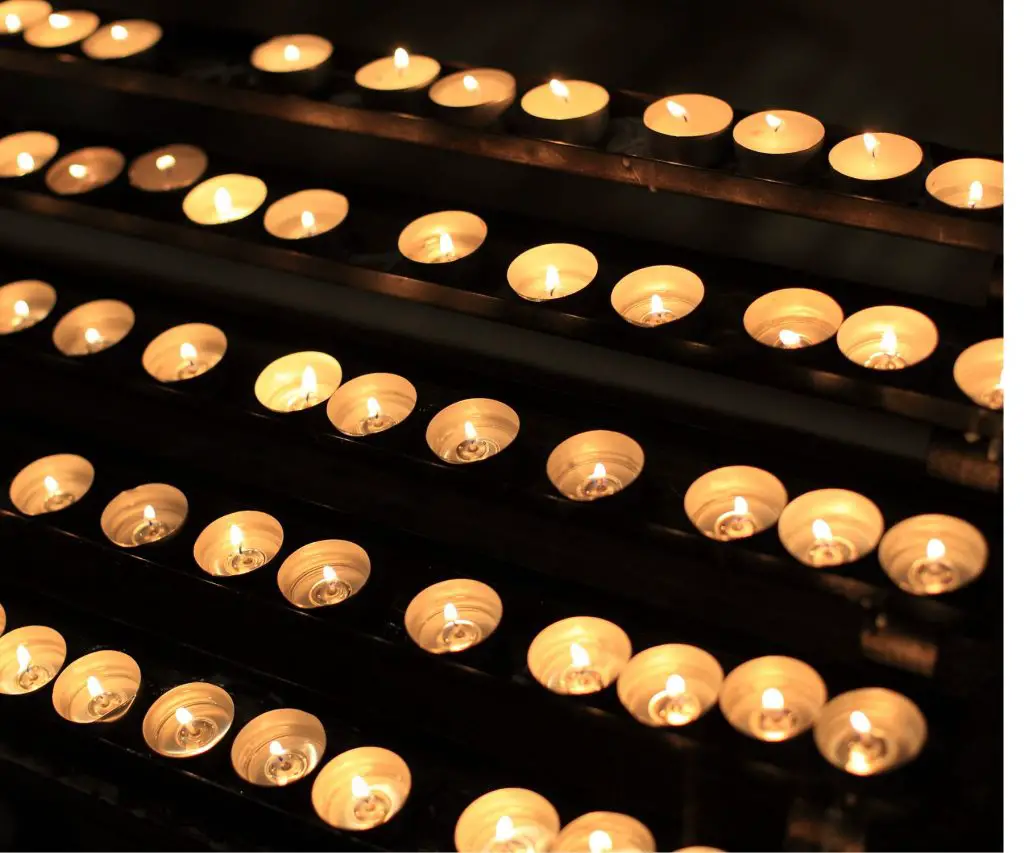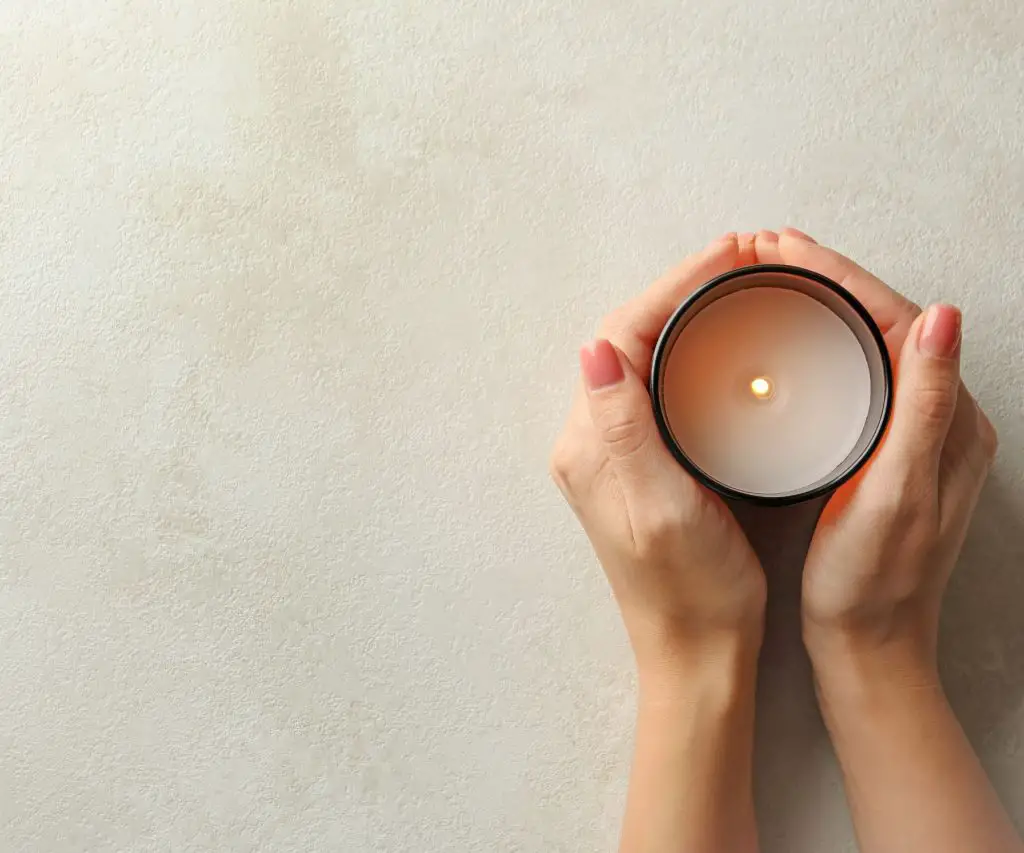Window air conditioners are an easy solution for people who need air conditioning but do not have the luxury of Central Heat and Air (HVAC).
Easy. Maybe. Convenient. Yes they are.
But they are not quiet.
Why are window air conditioners so loud?
A window AC is a refrigerated air conditioner that contains all the components of a full sized HVAC all in one box.
Noisy AC components like the compressor and fan motor that are normally separated completely outside from the house in a full Central Heat and Air unit,
are packed into a tight package within a window air conditioner.
That means that the noise that is usually separated and contained outside is instead included with your window AC.
 1. Compressor and fan
1. Compressor and fan
The main reason that a window air conditioner is so loud is there is a noisy compressor directly behind the vents that the cold air comes from.
Like we talked about before, refrigerator air conditioners use a compressor and a condenser fan. Without these two components, you do not have a working air conditioner.
And since these components are located directly inside of the window air conditioner, there are very few options for getting away from the constant cycling noise that they make.
But the compressor is not the only source of noise coming from and out of a window AC.
Other reasons that window AC are so loud are:
2. Outside noise
Even though a window AC fits between the window and the window seal easily enough, it is rare that you would ever purchase a unit that fits a window on the sides.
That is why there are plastic inserts that come included with the AC purchase.
Those plastic ” fillers” are meant to keep the outside air from getting inside.
But they are not thick enough to do much in the way of keeping the outdoor noise from coming through.
Making your own “fillers” out of some thicker wood is an easy do it yourself project that can help cut down the noise leaking through the sides quite a bit.
Window ACs are very heavily vented on the outside of the unit. The sides of the AC have a slotted grill to help keep the compressor cool. But they also allow noise to come directly through the air conditioner.
3. Rain and gurgling
One of the most annoying noises that a window air conditioner can make is the sound of water gurgling inside of the air conditioner.
This usually happens when the air is extra humid and the air conditioner is condensing more water than usual.
Blowing rain is also a source of water that can get into the rear of the air conditioner via the side grill vents.
It is also a good indicator that the drain hole that allows the water to drip out of the air conditioner has a blockage and is not letting the water drip as quickly as it needs.
And/or the drainage hole is clear but the air conditioner is not sitting in the window level.
Depending on where the drain hole is on the bottom of the window AC in question, the unit may need to sit exactly level for the water to drain out correctly.
Or the unit may need to have a slight tilt to the rear for the water to move towards the rear end of the air conditioner.
The window unit should never be tilted forwards. That is just asking for the water to drain towards the front of the air conditioner which is located inside of the house.
Summary
Why are window air conditioners so loud?
The main reason window air conditioners are so loud is that they have all the components of a standard size central heat and air unit,
But they’re all packed into a little box that sits in your window.
Some of the parts inside of a window air conditioner like the compressor and fan that on a full size HVAC would be separated and placed outside,
Are all sitting right inside of the window air conditioner so that you can hear them running directly through the vents where the cold air comes out of.
























